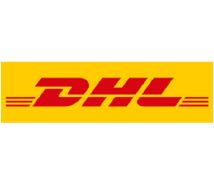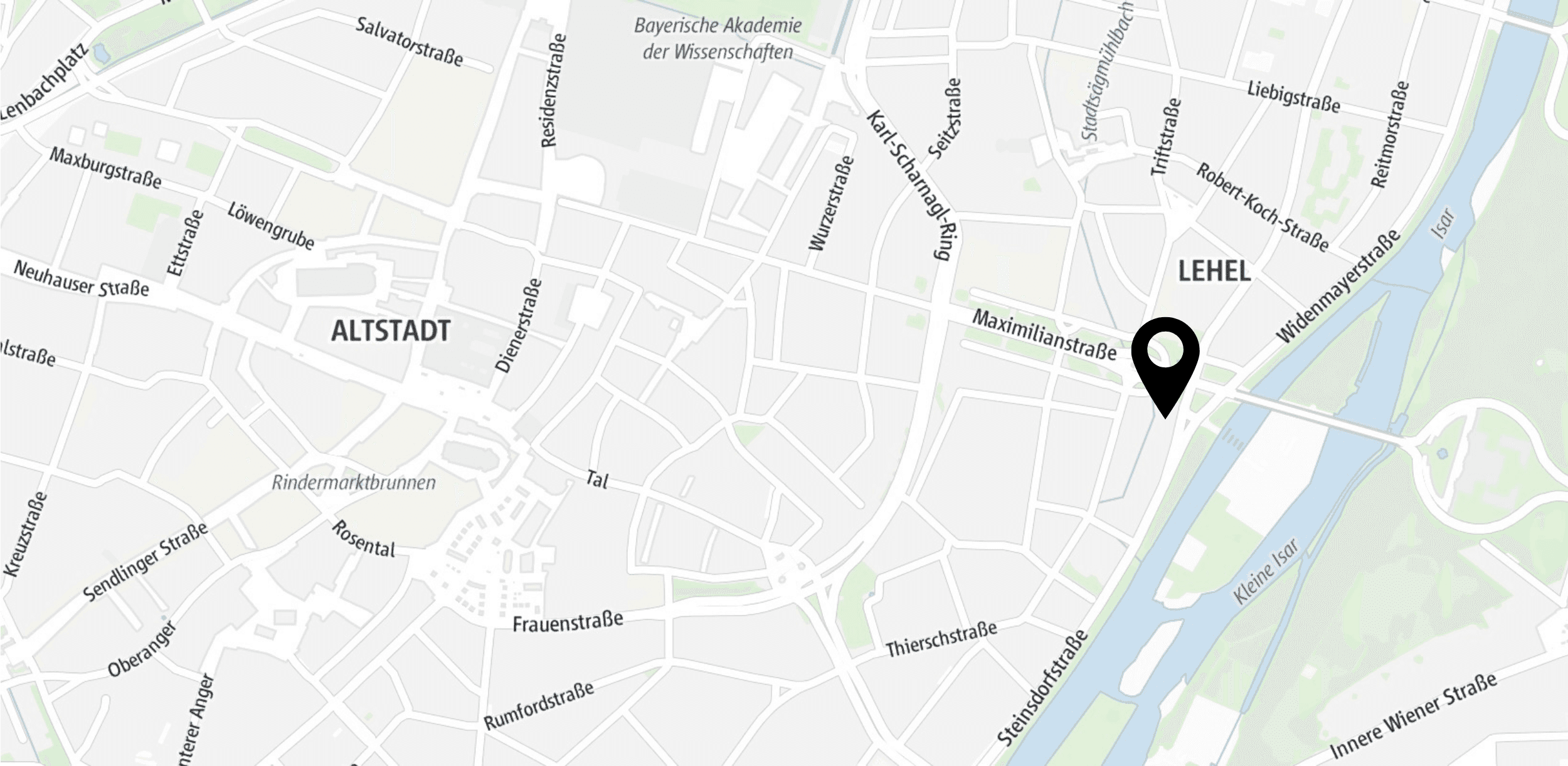CORE WEB VITALS & PERFORMANCE
Core web vitals and performance are new ranking factors and pose new challenges for website operators in terms of user experience.
To prepare you for these challenges, we have developed a tool for you with which you can analyse your core web vitals and derive to-dos - for more smoothness and responsiveness.
WHAT ARE CORE WEB VITALS (CWV)?
Google's Core Web Vitals have been causing a stir in the SEO world since June 2021. They include signals for the user-friendliness of websites in their rankings. Conversely, this means that metrics such as mobile optimisation as well as website speed and low-disturbance loading times lead to higher rankings in Google Search. This also includes the need to optimise websites for different browsers.
The Core Web Vitals therefore refer to the technical aspects of search engine optimisation. However, just doing technical SEO is no longer enough. The Google ranking factors of the Core Web Vitals revolve around three areas of user experience:

Largest Contentful Paint (LCP) - Load Time
The LCP measures the loading time of the largest element in the visible area of the website. If this takes a long time, many users abort before they have even reached the page. According to Google, this rendering time should be under 2.5 seconds. If it takes longer, up to 4 seconds, this value is considered to be in need of improvement.The loading time should not be even longer.

Interaction to Next Paint (INP) - Interactivity
Interaction to Next Paint evaluates the overall interactivity of websites based on the response time to user interactions. It measures the input delay from the moment a user interacts with the page to the point at which a visual response occurs. At best, the value should be less than 200 milliseconds. Anything above this is considered to be in need of improvement.

Cumulative Layout Shift (CLS) - Visual Stability
The CLS captures the layout elements of the website that shift unexpectedly.This does not include planned animations or whether the website is too slow. This only includes the erroneous shifts, such as when a button slides down because the text loads late or a banner tears the content apart.
WHY ARE CORE WEB VITALS AND PAGESPEED IMPORTANT FOR YOUR SITE?
As already described, the core web vitals are a ranking factor and influence the organic search. As user experience and user-friendliness are playing an increasingly important role for Google, sustainable and long-term optimization is particularly important here. Because the fact is: even small deviations can result in a deterioration in organic rankings.
Content that takes too long to load or is not displayed correctly to the user is mercilessly penalized. Google wants to offer users an even better experience and only display pages that pay attention to their performance.
Our Satisfied Clients
Recommended Blog Posts

The Modern CRO Stack: Choosing the Right Tools for Testing and Optimization
The modern CRO stack acts as the technological backbone of experimentation, personalization, and insight generation, but with an ever-growing MarTech landscape, choosing and integrating the right tools can be a challenge.
Read More

Key Insights from Semrush Spotlight 2025
This year’s Semrush Spotlight 2025 in Amsterdam felt less like a marketing conference and more like a glimpse into the future of digital creativity.
Read More

SEO vs GEO vs GAIO vs AEO: Understanding the Future of Search Optimization
With the explosion of Generative AI platforms like ChatGPT, Perplexity AI, and Google Overview, visibility is shifting again, this time toward being referenced, cited, or discussed in AI-generated responses.
Read More
THE CORE WEB VITALS SEO SERVICE FROM DIGITAL LOOP

Yury Tolmadzhev
- 10+ years of experience in BI, Data Analytics & Business Development
- Business analysis expert

John Munoz
- 10+ years of experience in Digital Analytics, MarTech & Tech SEO
- Google Analytics & Adobe Analytics expert

Vladimir Stashevskiy
- 10+ years of experience in Digital Analytics, MarTech & Digital Marketing
- Google Analytics expert

Alex Kirpichonak
- 7+ years of experience in SEO
- Expert in TechSEO and Core Web Vitals
English, Polish, Russian

Sebastian Orellana
- 5+ years of IT experience
- Expert in web and software development
- English, Spanish
Contact Us
Via contact form, e-mail or callGet in touch with us
You can find our office in the heart of Munich:
We are social






